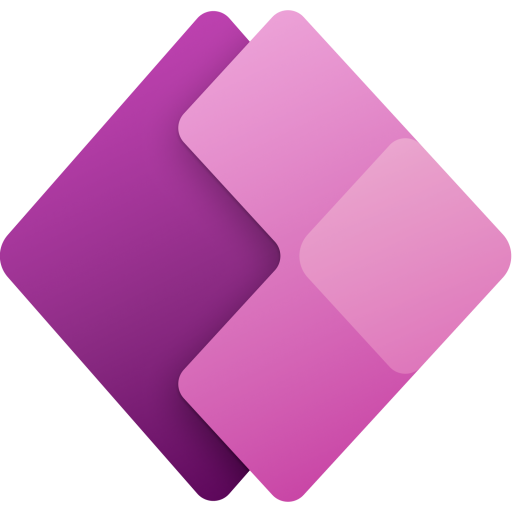I created my first Power App.
The app, a canvas app, is supported by (2) tables in the Dataverse.
The app manages meetings for an internal community.
It allows members to sign-up to speak to the community on a topic relative to the community.

I shared by app with my teammates, giving them all Basic User permission.

Users that were part of the System Administrators role had no problem accessing the app and the seeing the underlying data.
Basic Users were out of luck! 😞

One of my teammates pointed out the problem to me and we jumped on a call to troubleshoot.
The app itself threw no errors, and no errors were reported in the browser’s console.
We decided next to try using the monitoring capabilities in Power Apps to monitor my teammate’s usage of the Power App.

In the logs generated from monitoring we could see that access to the Dataverse tables were generating a 403 error, my teammate had access to the app BUT not the tables.
How to fix this? 🤔
Navigate to the Power Platform Admin Center at https://admin.powerplatform.microsoft.com/.
Click the environment, and then click Settings.

Click Users + permissions and then click Security roles.

Select the role, in my case, Basic User, and then click Edit.

Pardon the outdated user interface. 😲
Then select Custom Entities and update the correct table permissions, in my case I added Read and Write support to Meetings and Meetings Topics.

My teammate fired up the Power App and was now able to see the data. 😀
Now, one could argue that I should really create a custom security role for my application, but that can be for another time.
Thanks Matt Housholder!


Hi Matt,
Just a short note to thank you for the post about adventures-with-power-apps-dont-forget-those-pesky-table-permissions.
Solved a time-consuming problem for me.
I am upgrading my trusty 20-year-old MS Access DB to the dataverse and then to a PowerApp for all my team to use.
Cheers
Adam